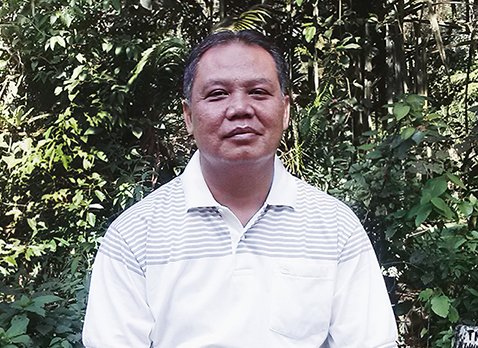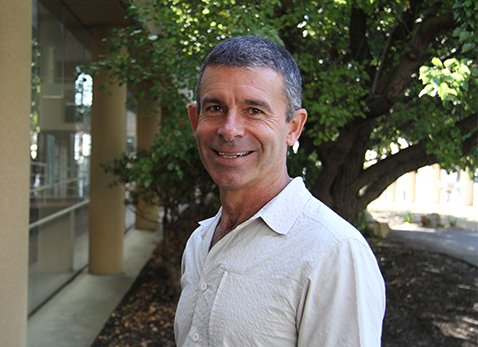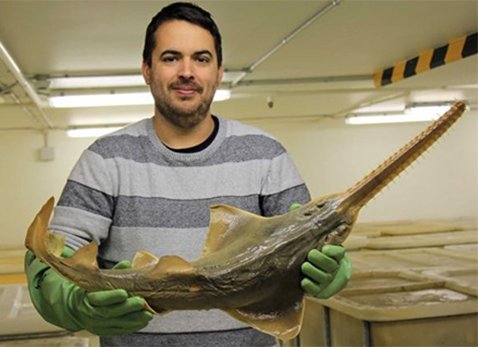fishIDER is a bilingual (English and Bahasa Indonesia), web-based fish identification resource and training tool. The idea for developing this resource came from witnessing first-hand how field enumerators and other fisheries staff in Indonesia often struggle to make confident identifications of fish that are in ‘less-than-fresh’ condition. Accurate fish identification is an essential and fundamental requirement of all fisheries monitoring programs. Fisheries assessments routinely rely on fish catch data, as recorded by port based-enumerators and/or on-board observers. The quality of those assessments can be significantly impacted by data that is flawed as a result of incorrectly identified fish species.
For the many fish species commonly caught and landed by the Indonesian fishing fleets, there are excellent identification resources available in the form of books, ID sheets and booklets, some of which are available on the Useful Resources page. However, the photos and images used to illustrate these species tend to display them in their best (i.e. fresh) condition, displaying ‘live’ colours, clearly visible external markings and minimal damage. Fish occurring in data collection situations have often been on board fishing vessels or on ice in the market for several days, and their less-than-fresh condition, with loss of characteristic features, makes quick, positive identifications difficult. This webresource includes taxonomic, biological and fisheries information for the most commonly caught species, but most importantly, photo documentation of species in market situations in various states of ‘freshness’ and maturity (where required). For each species there is also an interactive learning and testing facility to improve identification skills.
We hope fishIDER will prove a useful resource for all persons tasked with identifying fish in the field, whether that be for fisheries monitoring purposes or for other research requirements. And although the focus is primarily on species commonly encountered in Indonesia, we hope the resource is also of benefit to persons working in other areas of SE Asia and other tropical regions.
The majority of ‘fish market photos’ used in fishIDER are from the photo collections of William White and Craig Proctor, scientists at CSIRO Marine Laboratories in Hobart, and from partner scientists in Indonesia’s fisheries research institutes. Each photo will be tagged with acknowledgement of its source (apart from those from the CSIRO collections). We encourage ‘donation’ of the use of fish market photos from other persons, and acknowledgement is assured for every photo used. If you have photos that you feel would be useful for this website, please contact us on our contact page.
[1“Fish” in this context includes the bony fishes (Osteichthyes) and sharks and rays (Chondrichthyes). Eventually, contingent on available funding, we hope to extend the resource to include invertebrates; most notably prawns, lobsters, crabs, squids, and shellfish.



